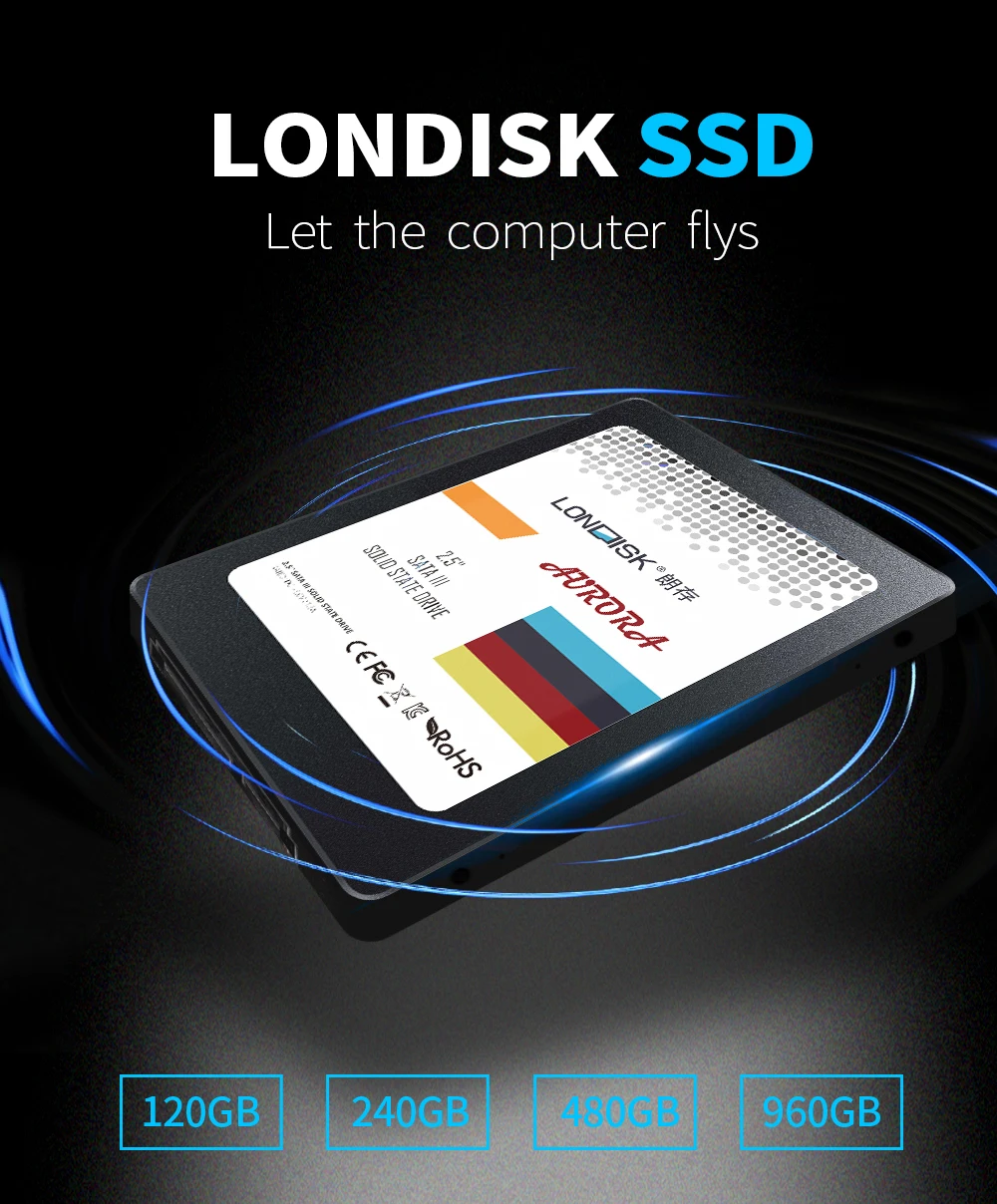

Mac OS X v10.5 installing on a Lenovo laptop computerĪs early as Mac OS X v10.5 build 9A466 the community has maintained a version of Leopard that can run on non-Apple hardware. Distros have fallen out of favour as the OSx86 community grew, as new bootloaders were developed that made it possible to use actual copies of the OS X Installer. Some other popular distros are iATKOS, Kalyway, iPC and iDeneb. A prominent member of the community, JaS, released many distros of Mac OS X Tiger containing patched kernels. These distros were copies of the Mac OS X installer disc modified to include additional components necessary to make the OS run on the non-Apple hardware. Throughout the years, many " distros" were released for download over the Internet. To solve this problem, hackers from the community released kernels where those instructions were emulated with SSE2 equivalents, although this produced a performance penalty. Apple also started making more use of SSE3 instructions on their hardware making it even more difficult for users with CPUs supporting only SSE2 (such as older Pentium 4s) to get a fully compatible system running. However, the newer frameworks relied on the newer kernels and this led to users of 10.4.8 encountering many problems. Up to the release of the 10.4.8 update, all OSx86 patches used the 10.4.4 kernel with the rest of the operating system at version 10.4.8. In June 2006, an updated MacBook Pro was released for the 10.4.7 Mac OS X update for non-Apple computers using the 10.4.4 kernel. On April 3, 2006, Apple released their 10.4.6 update and again patches were released within two weeks that allowed users to install most of this update on non-Apple computers, although this did not include the updated kernel in 10.4.6.

Within hours Apple released the 10.4.5 update, which was then hacked by the same author within two weeks. On February 14, 2006, an initial " hack" of Mac OS X v10.4.4 was released on the Internet by a programmer with the pseudonym crg92. These machines used Extensible Firmware Interface (EFI) platform firmware instead of the older style BIOS found on most x86 motherboards at the time. On January 10, 2006, Apple released Mac OS X 10.4.4 with the first generation of Intel-based Macs, the iMac and the MacBook Pro. Efforts immediately began to attempt to run Mac OS X on non-Apple hardware, but developers quickly found themselves with an error message saying that the PC hardware configurations were not supported. On June 6, 2005, Apple announced its plans to transition to Intel x86 processors at their Worldwide Developers Conference and made available a prototype Intel-based Mac to selected developers at a cost of $999 (equivalent to $1,390 in 2021). The company has said it will eventually stop supporting the Intel64 architecture. In 2020, Apple began to move to ARM64-based Apple silicon processors. While commercial circumvention of the methods Apple uses to prevent macOS from being installed on non-Apple hardware is restricted in the United States under the Digital Millennium Copyright Act (DMCA), specific changes to the law regarding the concept of jailbreaking have placed circumvention methods like these into a legal grey area. Notably, companies such as Psystar have attempted to release products using macOS on non-Apple machines, though many Hackintosh systems are designed solely by macOS enthusiasts of various hacking forums and communities. Īpple's software license for macOS only permits the software's use on computers that are "Apple-branded." However, because modern Macintosh computers use Intel-based hardware, there are few limitations keeping the software from running on other types of Intel-based PCs. Hackintosh laptops are sometimes referred to as "Hackbooks". macOS can also be run on several non-Apple virtualization platforms, although such systems are not usually described as Hackintoshes. Benefits cited for "Hackintoshing" can include cost (older, cheaper or commodity hardware), ease of repair and piecemeal upgrade, and freedom to use customized choices of components that are not available (or not available together) in the branded Apple products. Since 2005, Mac computers use the same x86-64 computer architecture as many other desktop PCs, laptops, and servers, meaning that in principle, the code making up macOS systems and software can be run on alternative platforms with minimal compatibility issues. "Hackintoshing" began as a result of Apple's 2005 transition to Intel processors, away from PowerPC. A Hackintosh (a portmanteau of " Hack" and " Macintosh") is a computer that runs Apple's Macintosh operating system macOS (formerly named "Mac OS X" or "OS X") on computer hardware not authorized for the purpose by Apple.


 0 kommentar(er)
0 kommentar(er)
